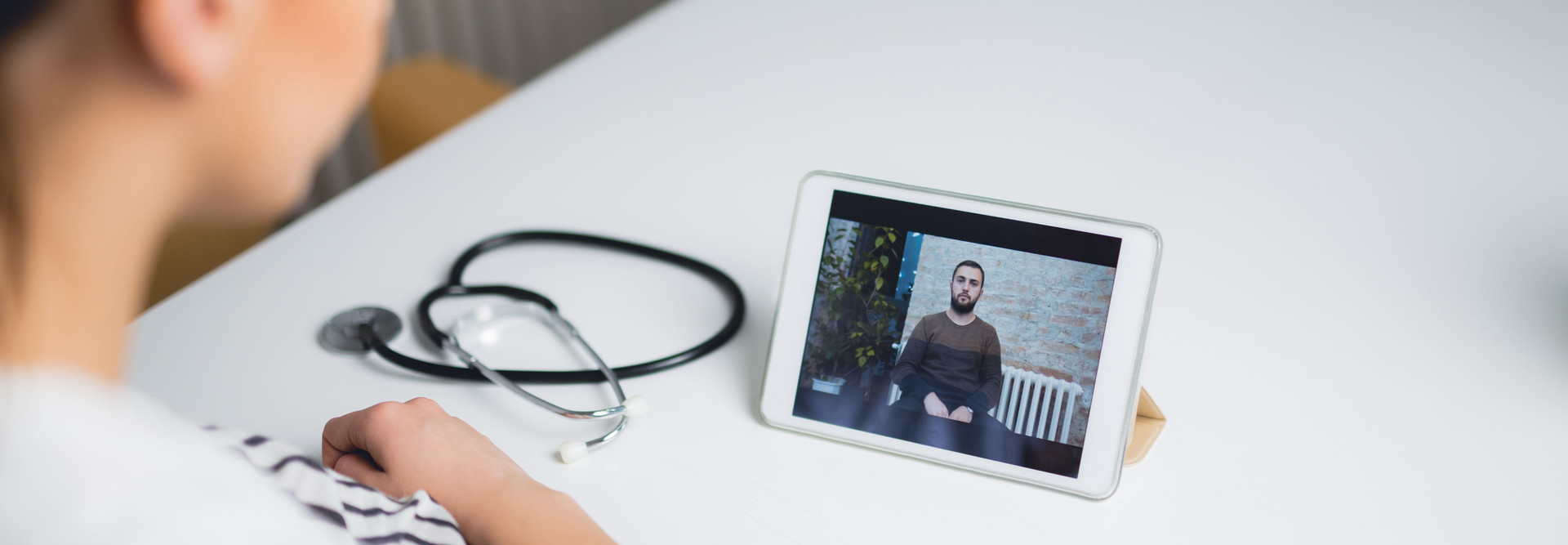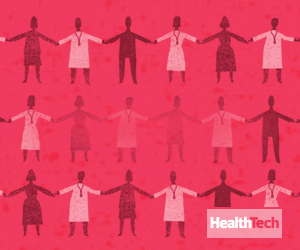The popularity of virtual care was growing before the COVID-19 pandemic. Nearly 100 percent of surveyed healthcare systems had plans to expand their telehealth offerings, one poll issued last year found.
Now, there’s no going back: Two-thirds of U.S. adults in a recent survey said they would be more willing to try telehealth because of the novel coronavirus, even though few respondents (about 1 in 5) had tried it.
Once viewed as a complementary part of care, the platform is critical to support social distancing and shelter-in-place orders. By screening patients remotely, providers can determine whether a clinical visit is needed. Keeping high-risk patients and less-severe COVID-19 cases at home prevents unnecessary exposure and preserves supplies.
Response has been swift. At Providence St. Joseph Health, the nation’s third-largest nonprofit healthcare system — and the first in the U.S. to treat a COVID-19 patient — strong infrastructure supporting the organization’s Express Care platform was ready to offer on-demand telehealth consultations from providers across more than 100 sites.
A 2,000 percent spike in requests for virtual visits last month at Lucile Packard Children’s Hospital Stanford prompted rapid staff training and a deployment of cameras, speakers and microphones to use with an existing Cisco collaboration platform. Strong documentation and flexibility were key, a Lucile Packard leader told HealthTech.
Videoconferencing plays a central role in supporting telehealth programs. Consider the work at OSF HealthCare in Illinois, which is distributing laptops with preloaded mobile health apps to high-risk people and those showing early symptoms of the virus. Recipients communicate twice daily with a nurse by phone or virtual visit.
Telehealth Will Support a Wide Range of Specialty Care
Virtual care offers far more than an initial point of contact. A HealthTech Twitter poll in January found nearly one-third of surveyed organizations use telehealth for chronic disease management (other top uses include follow-up and specialty care).
Take telecardiology, for instance. Forty percent of hospitalized COVID-19 patients have cardiovascular disease, according to the American College of Cardiology, and the comorbidity causes a mortality rate 10 times higher than that of otherwise healthy people diagnosed with the novel coronavirus. Which is why the ability to handle some cardiac care via spoke hospitals or specialty clinics is a valuable defense.
Mental health is also set to benefit. Isolation-related stress is likely to increase demand, but many healthcare systems already are leveraging counseling via telehealth to serve remote patients and address staff shortages. Recently, a temporary relaxation of federal rules eased access to online behavioral treatment and e-prescribing.
And for fields that involve less doctor-patient face time, such as radiology, working from home has big potential for keeping specialists healthy, ensuring business continuity and expediting care for patients whose needs can’t wait.
What the Future Holds for Telehealth
A continued reliance on telehealth is likely to ease long-standing hesitation among some providers and insurers, even after COVID-19 cases subside. Recent measures to support virtual care expansion, though temporary, offer signs of progress.
These steps include Medicaid’s expanded telehealth reimbursement, a direct effort to help high-risk older adults avoid exposure. The emergency declaration from the Trump administration now covers virtual visits, routine check-ins and patient portal messaging — capabilities once restricted by a patient’s geography and care history.
The emergency $2 trillion coronavirus response bill includes $200 million for healthcare systems to fund telehealth devices, platforms and connectivity. I’m also encouraged by wide response from health insurance providers to promote and cover telehealth.
As providers and patients continue a strong shared defense, the value of virtual care can’t be overlooked after cases subside. Leveraging this opportunity requires everyone to be plugged in.
This article is part of HealthTech’s MonITor blog series. Please join the discussion on Twitter by using #WellnessIT.















